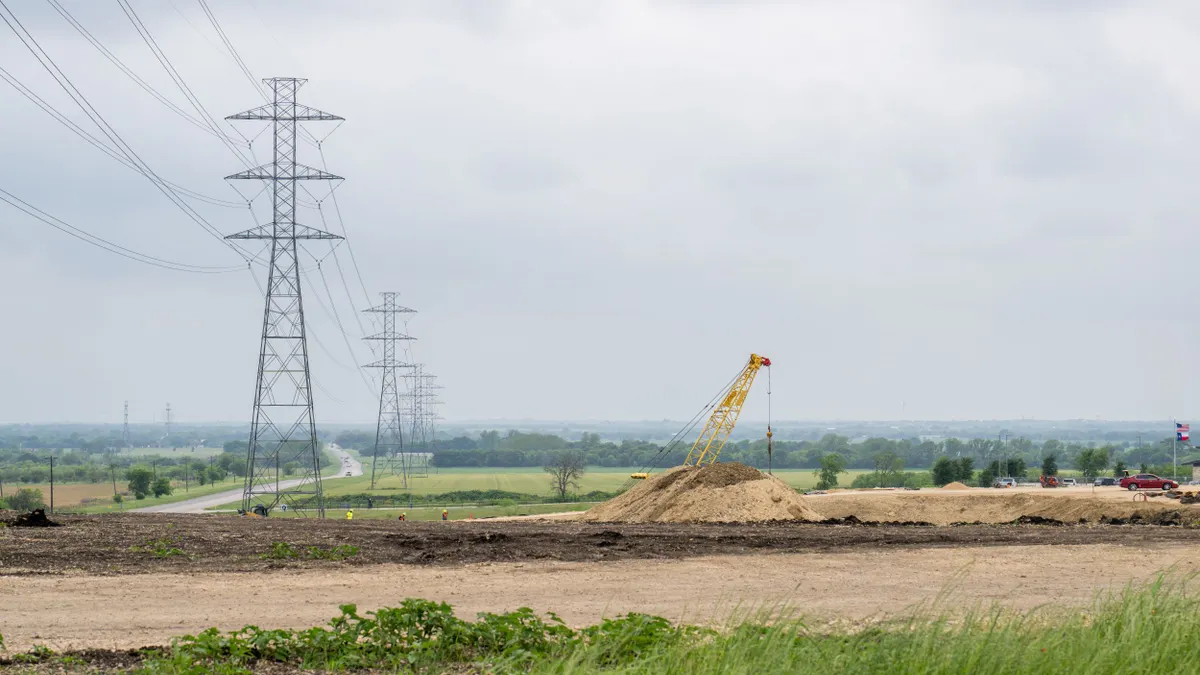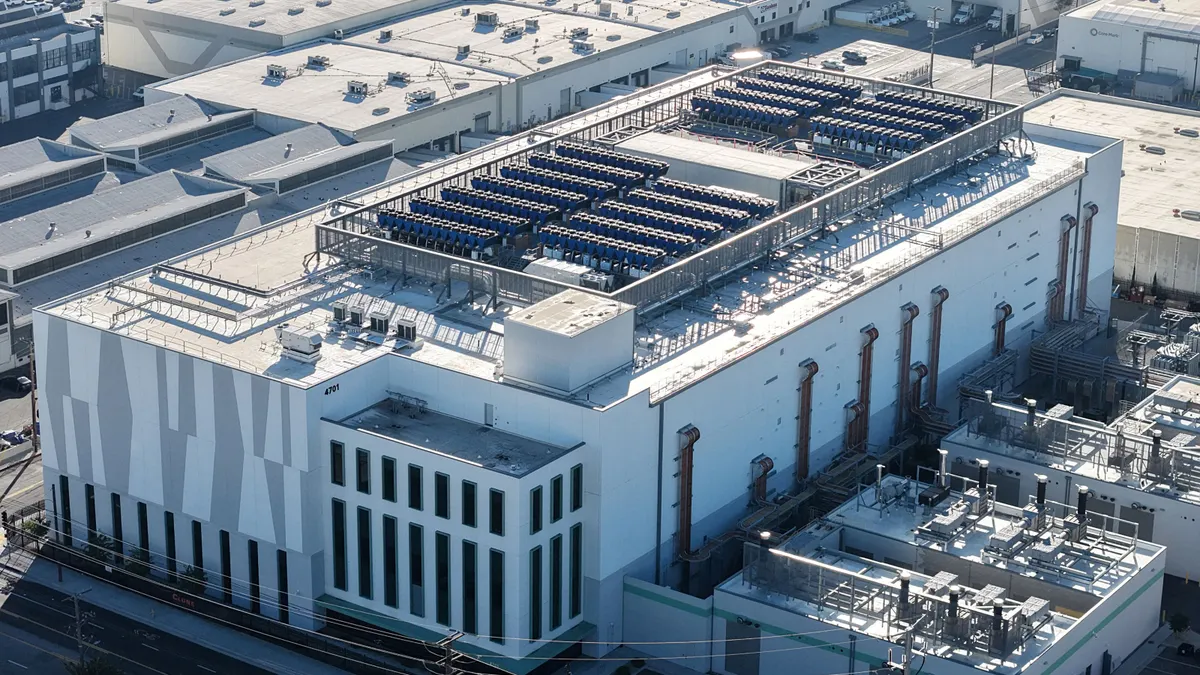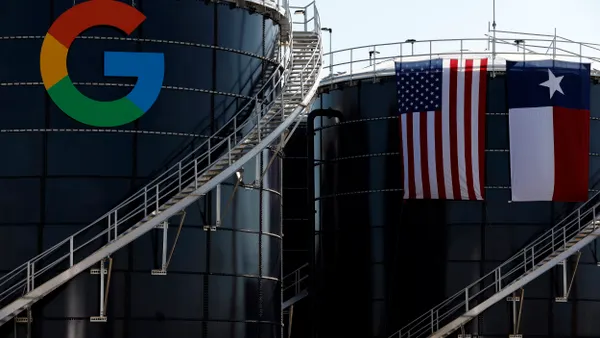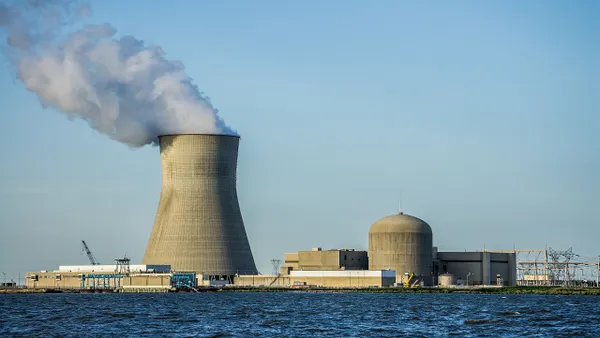CenterPoint Energy will deploy 15 large mobile generators to the San Antonio area to help reduce the risk of energy shortfalls this summer, the Texas utility said Monday.
Installation of the first five units has begun and the remaining 10 will be installed in the coming weeks.
The move “will immediately lower monthly bills for our Houston-area customers,” Jason Ryan, CenterPoint’s executive vice president of regulatory services and government affairs, said in a statement. The deployment is expected to reduce bills for Houston-area customers by approximately $2/month by 2027, the utility said.
The generators range from 27 MW to 32 MW and were acquired following Winter Storm Uri, which devastated the Texas grid in 2021. CenterPoint subsequently came under fire when the mobile units were not deployed after Hurricane Beryl last summer.
The utility opted to forego some profits associated with the mobile generation lease, amid the controversy.
“CenterPoint will receive no revenue or profit from the 15 large units based on the agreement” with the Electric Reliability Council of Texas, the utility said Monday.
According to the June agreement, ERCOT determined that the proposed retirement of CPS Energy’s V.H. Braunig Units 1, 2, and 3 “poses a significant risk” to its system because those units “help to mitigate risk of cascading outages associated with the post-contingency overload of certain transmission lines importing power into the greater San Antonio area.”
ERCOT recommended Unit 3 continue operating under a reliability must-run agreement, but said CenterPoint’s mobile fleet “could help further mitigate the identified reliability risks more cost-effectively than committing V.H. Braunig Units 1 and 2 through RMR agreements.”
According to CenterPoint, it’s generators will deliver approximately $200 million of value to the state’s grid. The agreement with ERCOT indicates the generators could run until March 2027.
In the aftermath of Hurricane Beryl, CenterPoint proposed a $5 billion investment into Houston-area grid resilience. In May, the utility said it had completed all of the critical portions of its Greater Houston Resiliency Initiative, including installing 26,000 storm-resilient poles, moving 400 miles of power lines underground and adding more than 5,100 automation devices to the electric system.















